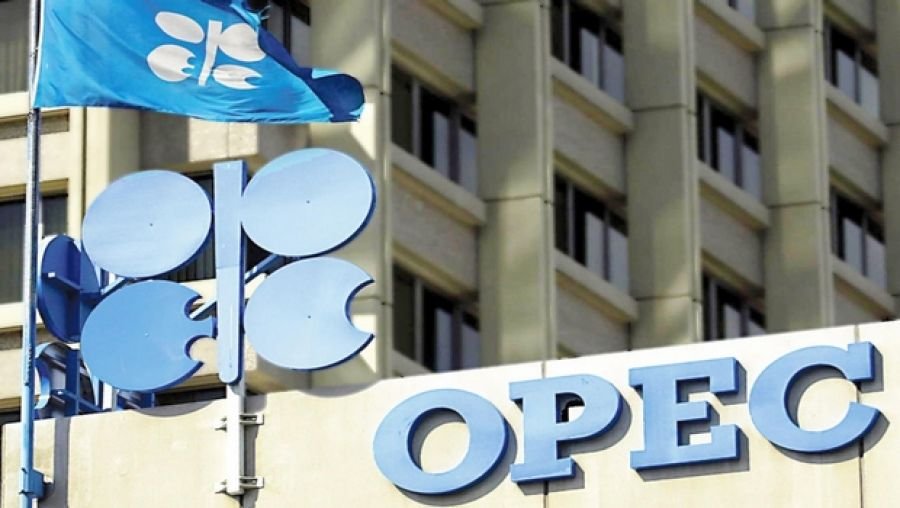In a bold move to safeguard market share, OPEC+ nations, led by Saudi Arabia and Russia, have agreed to ramp up oil production despite a sustained slump in global crude prices.
The decision, finalised during a high-stakes meeting in Vienna this week, signals the cartel’s strategy to prioritize volume over price stability—a gamble that could reshape energy markets and ripple through Kenya’s fuel-dependent economy.
The 25-member OPEC+ alliance, which controls over 40 per cent of global oil output, announced plans to increase daily production by 1.5 million barrels starting July 2024. This follows a similar hike in May 2024, pushing total output to 42 million barrels per day (bpd).
Brent crude prices have plummeted to Sh11,520 per barrel (approximately $80), a 22 per cent drop from January 2024 highs of Sh14,760 ($102). Saudi Arabia, the de facto leader, has spearheaded the push, raising its output to 11 million bpd—a 10 per cent increase since 2023.
Russia, facing Western sanctions, has mirrored this strategy, pumping 10.5 million bpd. Analysts attribute the glut to weakening global demand, particularly from China, and a surge in U.S. shale production, which hit a record 13.3 million bpd in May.
For oil-dependent economies like Saudi Arabia, which relies on oil for 90 per cent of its budget, the production surge aims to offset revenue losses caused by low prices. “Increasing volume is the only lifeline when prices crash,” said energy analyst Fatima Al-Mansoori.
“But this risks deepening the price war, especially if U.S. inventories swell further.” OPEC+ revenues have already dipped by 30 per cent in Q1 2024, with Saudi Arabia’s oil income falling to Sh3.8 trillion ($26.4 billion) from Sh5.4 trillion ($37.5 billion) in 2023. The cartel’s decision underscores its bet that higher sales volumes will cushion fiscal deficits, even as prices languish.
The production hike poses logistical hurdles, including strained storage facilities and shipping bottlenecks. Key ports like Rotterdam and Singapore report tanker congestion, while storage costs at Kenya’s Mombasa terminal have spiked by 15 per cent.
Meanwhile, Kenya, which imports 90 per cent of its oil, could see mixed effects. Lower global prices may reduce import costs (currently Sh220 billion monthly), but a weaker shilling (trading at Sh144 to the dollar) and rising freight rates could negate gains.
“Kenyan consumers might not feel immediate relief,” warned energy economist David Mwangi. “Taxes and exchange rates play a bigger role here than global crude trends.”
The cartel remains confident its strategy will deter rivals and stabilise long-term market control. However, the U.S.—now the world’s top producer—shows no signs of slowing shale output. As OPEC+ floods markets, Kenya and other importers brace for a volatile energy landscape, one where geopolitical calculus trumps short-term price relief.
– By Nusurah Nuhu


